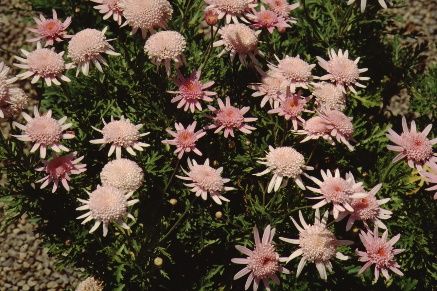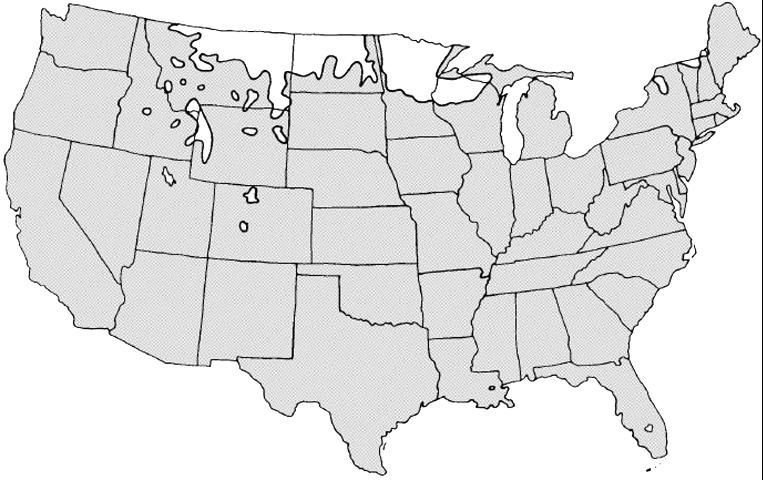Introduction
Pincushion flower forms a wonderful, aster-like flower atop a 12-inch-tall herbaceous perennial. The deep pink flowers appear during the warm months.

Credit: Edward F. Gilman, UF/IFAS
General Information
Scientific name: Scabiosa atropurpurea
Pronunciation: skay-bee-OH-suh at-roe-per-POOR-ree-uh
Common name(s): pincushion flower, sweet scabiosa, mourningbride
Family: Dipsacaceae
Plant type: annual
USDA hardiness zones: all zones (Figure 2)
Planting month for zone 7: Jun; Jul
Planting month for zone 8: May; Jun; Jul; Aug
Planting month for zone 9: Apr; May; Jun; Jul; Aug; Sep
Planting month for zone 10 and 11: Feb; Mar; Apr; May; Jun; Jul; Aug; Sep; Oct; Nov; Dec
Origin: not native to North America
Invasive potential: not known to be invasive
Uses: border; mass planting
Availability: somewhat available, may have to go out of the region to find the plant

Credit:
Description
Height: 1 to 3 feet
Spread: 1 to 2 feet
Plant habit: upright
Plant density: open
Growth rate: moderate
Texture: medium
Foliage
Leaf arrangement: most emerge from the soil, usually without a stem
Leaf type: simple
Leaf margin: parted
Leaf shape: spatulate
Leaf venation: pinnate
Leaf type and persistence: not applicable
Leaf blade length: 2 to 4 inches
Leaf color: green
Fall color: not applicable
Fall characteristic: not applicable
Flower
Flower color: pink
Flower characteristic: showy; summer flowering
Fruit
Fruit shape: no fruit
Fruit length: no fruit
Fruit cover: no fruit
Fruit color: not applicable
Fruit characteristic: inconspicuous and not showy
Trunk and Branches
Trunk/bark/branches: not applicable
Current year stem/twig color: not applicable
Current year stem/twig thickness: thick
Culture
Light requirement: plant grows in full sun
Soil tolerances: acidic; sand; loam; clay
Drought tolerance: unknown
Soil salt tolerances: unknown
Plant spacing: 12 to 18 inches
Other
Roots: not applicable
Winter interest: not applicable
Outstanding plant: not particularly outstanding
Pest resistance: long-term health usually not affected by pests
Use and Management
Pests and Diseases
There are no major problems.